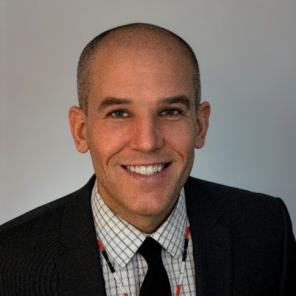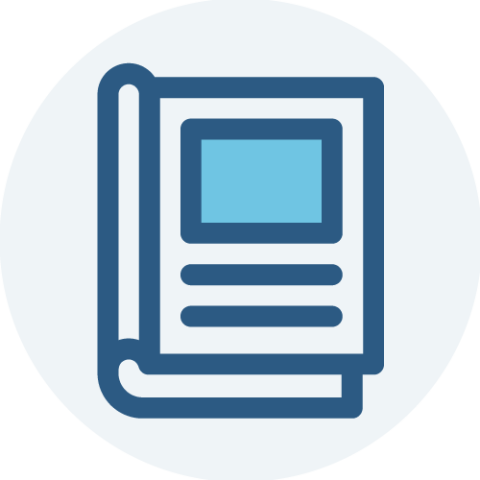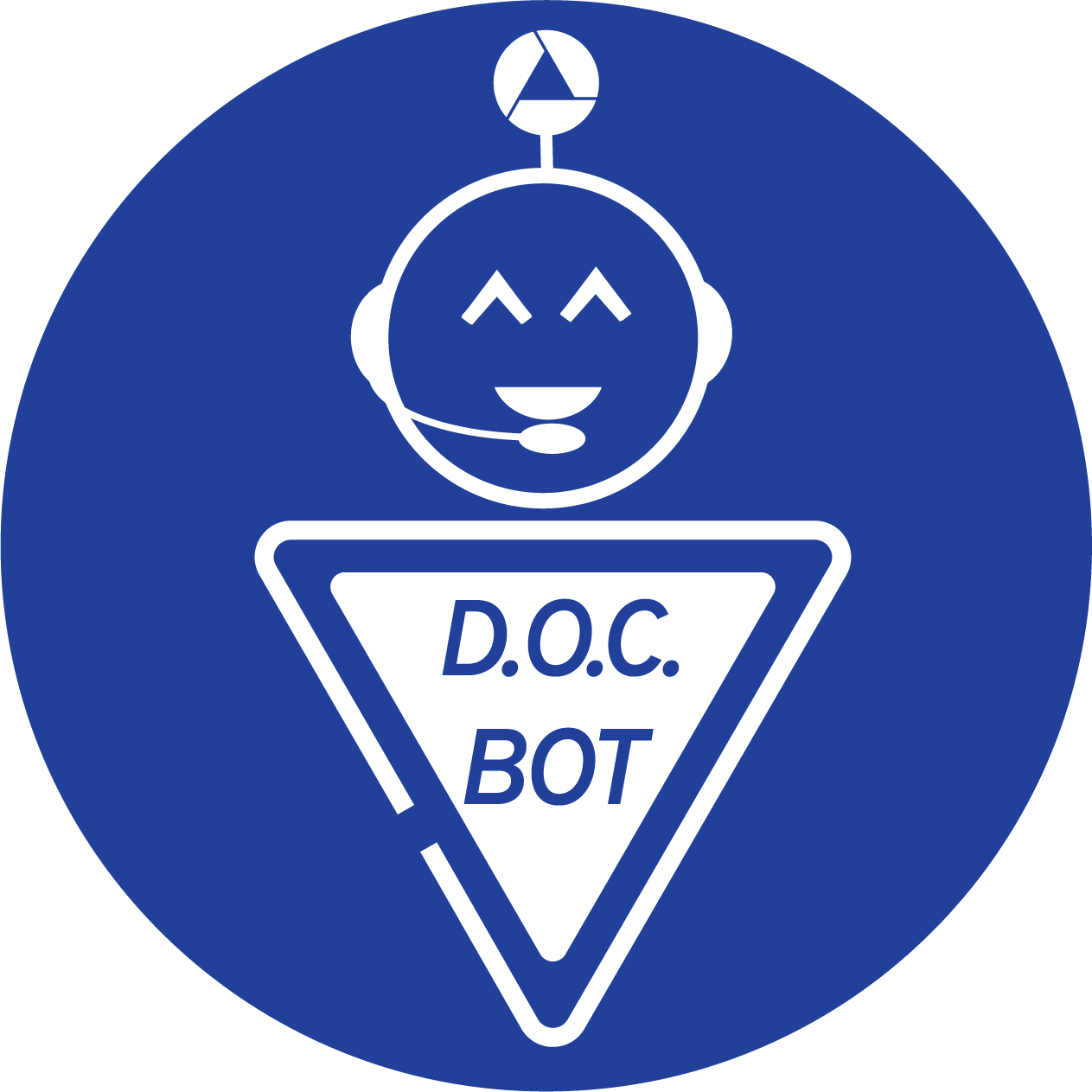
Dr. Bradley Henson is an Associate Professor and Associate Dean for Research at the Western University of Health Sciences, College of Dental Medicine (CDM) in Pomona, CA. As of March 1, 2022 he will serve as Interim Senior Vice President for Research and Biotechnology at Western University. He received his D.D.S and Ph.D. degrees from the University of Michigan, Ann Arbor. As a dentist-scientist, his approach to teaching and research in dental education has always focused on bridging the biomedical sciences with the clinical sciences. Henson’s time as a dental academician and administrator has been the very embodiment of this philosophy. He is the chief architect of CDM’s innovative Human Systems series which, through case-based instruction, integrates basic, translational, and clinical sciences and is presented to dental students with special emphasis on concepts specifically related to dental practice. Similarly, as biomedical research continues its trend toward a translational research objective, his research program has strived to partner basic science exploration with practical clinical application. The primary focus of Henson’s research is to identify the molecular events that predict the biological behavior of head and neck squamous cell carcinomas and develop non-invasive therapies to target them.
1. How did you first learn about the AADOCR and what motivated you to join?
I first joined AADOCR as a dental student back in 1994, as I embarked on my first dental research experience at the University of Michigan. My wonderful mentor at the time, Dr. Jonathan Ship, introduced me to this important organization and encouraged me to join. I have been a proud member ever since!
2. Can you describe your research? How do you hope your work will impact others?
Over the course of my career, I have endeavored to combat cancer on multiple fronts: participating in a multidisciplinary parotid gland-sparing radiation program, pioneering the use of salivary biomarkers for the early detection of head and neck tumors, deciphering the role of epidermal growth factor and galanin receptor signaling in tumor development and progression, and testing two novel therapies for the treatment of head and neck cancer. The most recent project in my laboratory carries a mark of importance for me beyond scientific interest. This project weaves together my research interests, my respect and regard for traditional Indigenous healing practices, and my own family heritage as a mixed Native American man. I am Kaskaskia through my paternal grandfather and Lake Superior Ojibwe through my maternal grandmother. Members of my family have been using an old Ojibwe remedy, called Chaga Mushroom, with much success to treat arthritis and other inflammatory conditions, which is consistent with the way it is used amongst other indigenous cultures in northern climates. However, the Ojibwe also describe an anti-tumor use for Chaga that is supported by few published articles in the scientific literature. My team endeavors to change that by verifying the effectiveness of Chaga to combat oral squamous cell carcinoma in the laboratory, and the results thus far have been intriguing to say the least. I am also passionate about promoting oral and overall health in Indigenous communities, with special interests in reducing the burdens of cancer and diabetes, promoting food sovereignty and decolonial diets, reclaiming traditional healing practices and fostering diversity, equity, inclusion and anti-racism in health education.
3. Can you describe your experience being a researcher from an underrepresented group in science?
Absolutely. For me, one of the major issues I have had to overcome in my academic career is what is often referred to as “imposter syndrome.” I grew up in an economically and educationally challenged environment. I am one of a few persons in my entire extended family on both sides to go to college, and at every step of my academic career I have questioned whether I belonged. I still have those moments at times! Earlier in my career, I felt I had to leave behind where I came from to be successful, however, at this point in my career I am happy to say that I have embraced who I am, my heritage, my community and upbringing, and have incorporated these important aspects of my life into my research and teaching.
I would also like to describe an additional experience that some of your readers might find helpful. My educational journey was almost ended before it really got off the ground when I began to observe that LGBTQ+ people were not well-represented in science and the dental profession (and at times, blatantly unwelcome). As a young, closeted, gay, Two-Spirit man (a term we Ojibwe use for LGBTQ+ people) and as a second-year dental student in the 90s, I began to question if I belonged in the profession. I began to ask questions that would shape my future in dentistry. How will I ever be able to build a clinical practice or cultivate professional connections? Will patients or collaborators even want to associate with me when they find out? How will I pay back my immense educational debt if nobody will hire me or if I get fired for who I am? I took several weeks to seriously consider all of these things, but in the end, I realized I couldn’t throw away all of the support my family and community had given me and abandon the hard-fought successes I had amassed to that point. My decision to embark on an academic and research career was in part born out of these considerations. I realized that if I were to be an academician and researcher, I would be in a better position to help bend the profession toward greater inclusivity. Most importantly, I understood that I could mentor the next generation of LGBTQ+ aspiring dentists and researchers, to help them feel included, to understand that they have a unique and diverse viewpoint to offer the profession, and to feel that they belonged as much as anybody else.
4. Have you had the opportunity to mentor underrepresented minorities or work to increase diversity in science? If yes, can you describe your experience and what agencies/organizations you worked with?
Yes, I have. I serve as advisor for WesternU’s American Indian Health Career Ladder program that provides outreach to American Indian middle and high school students who are interested in pursuing a career in the biomedical sciences. I have had many opportunities to mentor wonderful Native students as they pursue their dream of becoming a health care professional and researcher. I am a founding member of the CDM’s Diversity, Equity and Inclusion Committee and I have represented CDM for numerous university, local, and national events and initiatives. I sit on the California Dental Schools Adhoc DEI Consortium and I have a long history of mentoring URM faculty and students to help them navigate the unique challenges and opportunities of academia. I have given talks on health disparities in underrepresented communities throughout the country and have been an invited participant on various panel discussions focused on health equity.
Near and dear to my heart, I have worked closely with a local off-reservation boarding high school for Native Americans called Sherman Indian High School, to build mentoring and outreach activities. One of most meaningful experiences of my life and career is when I mentored a Sherman student in my laboratory on the Chaga project, and the student won first place at the American Indian Science and Engineering Society annual student competition! It was the first time that a Sherman student had won first place at the competition. I have also mentored students in partnership with the Society of American Indian Dentists, the Hispanic Dental Association and the Student National Dental Association.
Finally, recently I partnered with a scholar in the area of health equity in the sciences to develop a comprehensive, full year curriculum, entitled Social Differences and Health Disparities in Dentistry, Medicine and the Biomedical Sciences, that will be embedded in the first year D.M.D. schedule in the Fall of 2022. To our knowledge, this would be the first curriculum of this magnitude, depth and specificity institutionalized within a dental school. Our intention is for the curriculum to be regarded with the same weight of importance that is applied to anatomy, physiology, or any other important topic in the overarching dental curriculum. Specifically, the curriculum has been designed for the health professions learner, to provide:
- A longitudinal and comprehensive framework that engages both preclinical and clinical experiences.
- A firm grounding in the ways that race, gender, sexuality, disability, socioeconomic factors, etc affect health and access to healthcare.
- An environment in which students will effectively:
- Recognize and seek to address how disparities impact the health of individual patients and populations.
- Understand the impact of unconscious bias on health outcomes.
- Grasp how social differences intersect to impact individual patients and population health in social, cultural, and historical terms.
- Appreciate differences in epidemiology, presentation, access, and outcomes for health conditions in diverse patient populations.
5. Based on your experience, how would you encourage AADOCR members to help increase the diversity of the research workforce? What role do you think professional associations can play in supporting its members who are members of underrepresented minority/ethnic groups?
Given long standing histories of inclusion and exclusion in academic environments, efforts to transform institutions into ones that reflect national racial and ethnic diversity will require the identification and acknowledgement of barriers and the development of interventions to mitigate them. These barriers include inequities in training, degree attainment, and recruitment and retention of underrepresented faculty and students which lead to absence of critical mass; established environmental culture and traditions, which precipitate practices of exclusion and contextual biases; disparities in levels of research grant support by underrepresented faculty; inadequate program support; limited or inadequate integration into scientific communities and/or isolation; perceptions of environmental support or lack thereof; negative stereotypes held about underrepresented groups; and implicit bias or an unconscious attitude or stereotype about a person or group, among others. Thus, innovation in promoting diversification of the faculty and student body at all levels through improved recruitment and retention could provide a system of support for promoting successful diversification at the student level. This is especially true given that mentoring as a form of cultural capital to underrepresented students is often linked to the number of diverse professors available to serve in this capacity.
I think organizations like AADOCR can play a major role to increase diversity in the research workforce by enhancing programs that provide financial and structured mentorship support for underrepresented faculty and student researchers, and by further promoting research and scholarship in emerging or underrepresented academic areas, such as health equity research. Moreso than individual dental schools or academicians, the AADOCR has an immense platform from which to advocate for greater diversity, equity, inclusion and anti-racism in academic research environments. Visibility is important. The AADOCR can build on existing efforts to support, encourage, and prepare underrepresented faculty and student researchers to assume leadership roles within the organization and their home institutions.




